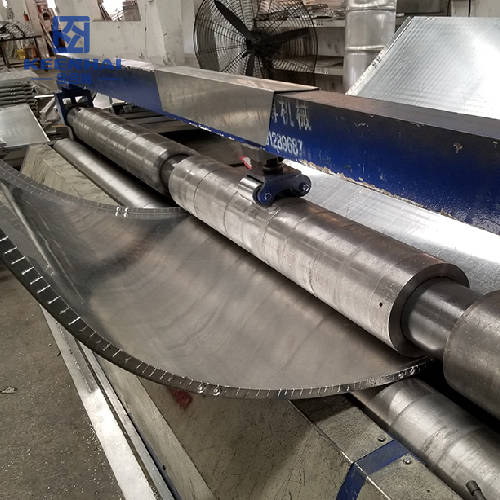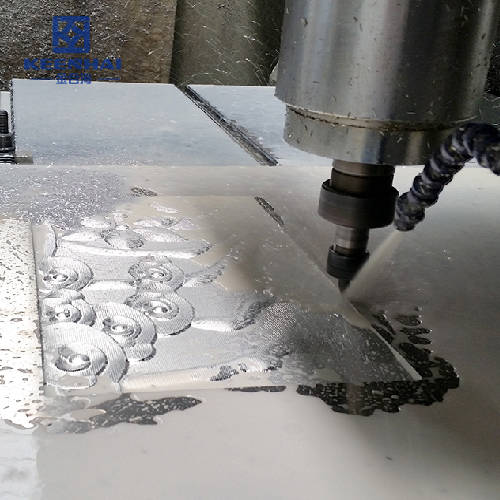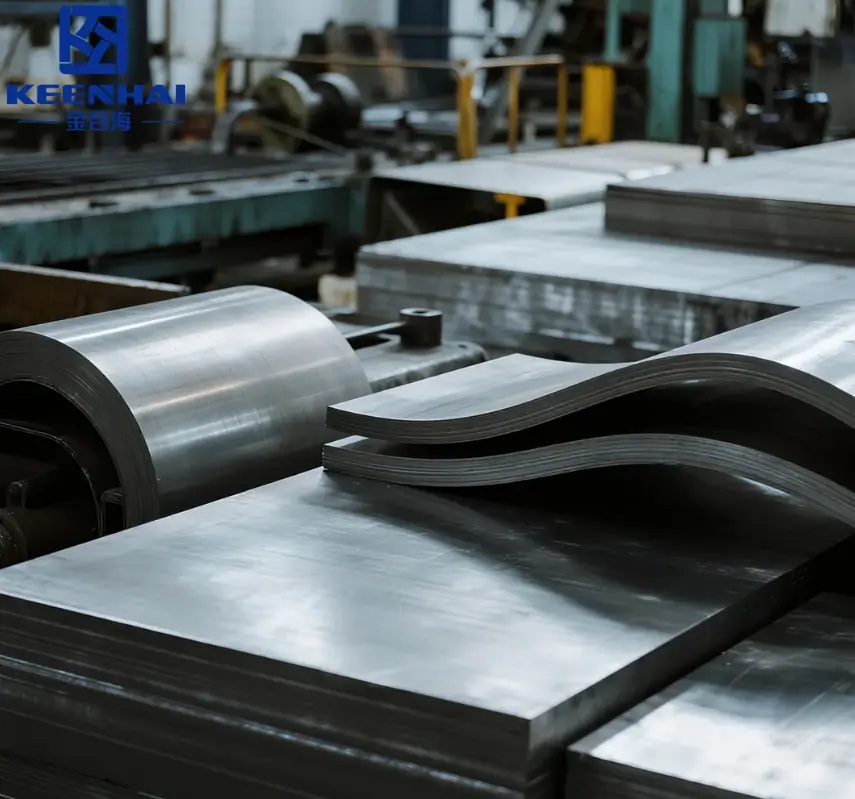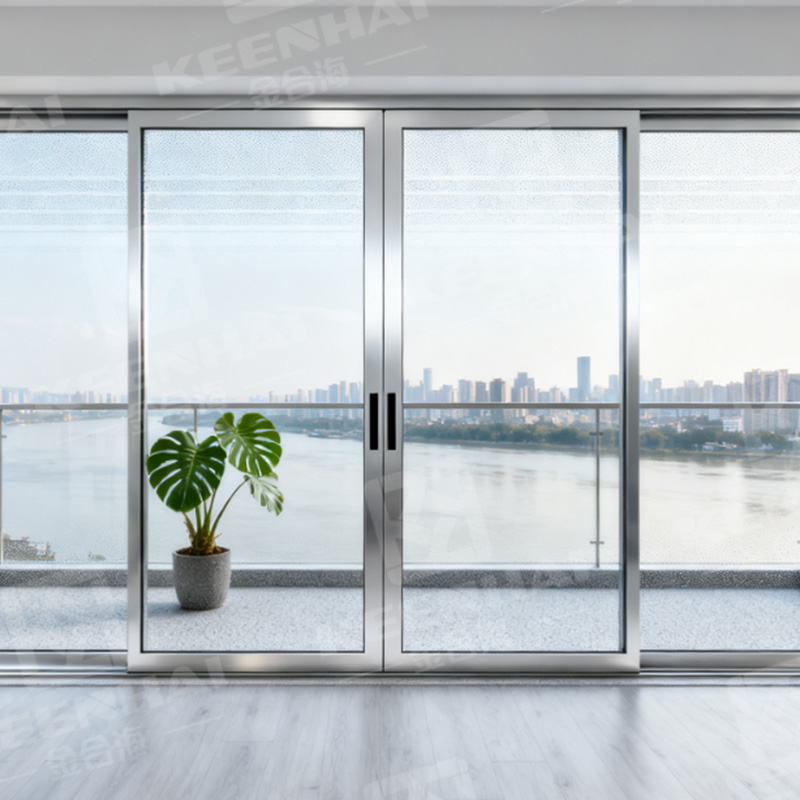If you’re wondering about the difference between Inox და უჟანგავი ფოლადი, the short answer is simple: they are essentially the same material, but the grade and application make all the difference. Inox usually refers to stainless steel in general, while the choice between types like 304 and 316 affects cost, rust resistance, and long-term durability. For kitchens, indoor projects, and areas without harsh exposure, 304 უჟანგავი ფოლადი is often enough. In marine or outdoor environments, 316 is the smarter option because of its superior corrosion resistance. This guide will break down cost, durability, and real-life uses so you can pick the right grade for your project in 2025.
1.What Is Inox Material?
1.1Definition of Inox Material
ტერმინი Inox სათავეს იღებს ფრანგული სიტყვიდან inoxydable, which translates to “stainless.” Inox material is another name for stainless steel, commonly used in Europe and certain industries like kitchenware and architecture. Thanks to its unique chemical composition, the term emphasizes the material’s ability to resist rust and staining.
1.2Key Properties of Inox Material
Inox material is renowned for its excellent corrosion resistance, attributed to the chromium content (usually above 10.5%). This creates a passive layer on the surface, protecting it from oxidation. It is also valued for its mechanical strength, durability, and visually appealing polished finish, making it a go-to choice for both functional and decorative applications.
2.What Is Inox and Stainless Steel?
Inox, short for acier inoxydable, is a high-chromium უჟანგავი ფოლადი alloy that offers superior resistance to rust and staining. It is widely used in high-end applications like kitchen equipment, jewelry, and marine products.
Stainless steel, in general, is a broad category of alloys that includes Inox and other grades. It contains a minimum of 10.5% chromium to prevent corrosion but may vary in nickel, molybdenum, and other alloy content depending on the grade.
| ფუნქცია | Inox | უჟანგავი ფოლადი |
|---|---|---|
| Chromium Content | Typically 18%+ | 10.5%-18% (varies by grade) |
| კოროზიის წინააღმდეგობა | Very high | მაღალი |
| Common Uses | Kitchen equipment, jewelry | Construction, automotive, appliances |
All Inox is stainless steel, but not all stainless steel qualifies as Inox. This distinction is important when choosing materials for harsh environments.
3.Durability and Corrosion Resistance
-
Inox: Extremely resistant to oxidation, ideal for outdoor or high-humidity environments. It rarely rusts and maintains a polished finish over time. In marine environments, Inox 316 is often preferred for its molybdenum content, which improves corrosion resistance against saltwater.
-
Standard Stainless Steel: Durable and corrosion-resistant, but some grades like 304 may show minor surface rust if not maintained. For indoor projects, 304 stainless steel is usually sufficient.
Example: A stainless steel kitchen sink made of 304 grade may last 10–15 years with proper care, while a 316 Inox sink in a coastal home can easily last 20+ years without visible corrosion.

4.Comparing Inox Material and Stainless Steel
4.1Terminology Differences
ერთ-ერთი მთავარი განსხვავება Inox მასალასა და უჟანგავი ფოლადს შორის მდგომარეობს ტერმინოლოგიაში. Inox მასალა არის ტერმინი, რომელიც უფრო ხშირად გამოიყენება ევროპაში და ცალკეულ ინდუსტრიებში, ხოლო უჟანგავი ფოლადი არის გლობალური ტერმინი. მიუხედავად ნომენკლატურის განსხვავებისა, ისინი ერთსა და იმავე მასალას მოიხსენიებენ.
4.2Performance Similarities
თუ თქვენ მას ინოქს მასალას ეძახით თუ უჟანგავი ფოლადი, მასალის ეფექტურობა რჩება თანმიმდევრული. ორივე ტერმინი აღწერს კოროზიისადმი მდგრად, გამძლე შენადნობას მსგავსი აპლიკაციებით მშენებლობაში, საყოფაცხოვრებო ნივთებსა და ინდუსტრიაში.
4.3Variations in Perception
The difference in naming can create a perception that they are distinct materials. For example, “Inox” may be seen as a more premium brand in certain regions due to its association with European quality. In reality, the distinction is purely semantic.
4.4Cost Comparison
Material cost is often the first consideration for many projects.
| მასალა | Average Price per Kg (USD) | Notes |
|---|---|---|
| Inox | 5–8 | Premium, corrosion-resistant |
| უჟანგავი ფოლადი | 3–6 | Cost-effective, versatile |
-
Inox: Higher upfront cost due to chromium and alloy content, but lower maintenance and longer lifespan often justify the price.
-
უჟანგავი ფოლადი: More budget-friendly and versatile for most indoor and non-extreme applications.
Real-world ROI: For outdoor stair rails or coastal railings, choosing Inox 316 over standard stainless steel may increase initial cost by 30–50%, but it avoids rust damage and replacement costs over a 15-year span.
5.Key Applications
5.1Kitchen and Household Items
Inox მასალა არის სინონიმი ხარისხის სამზარეულოში. ეს არის სასურველი არჩევანი ქოთნების, ტაფების, დანაჩანგალისთვის და ნიჟარებისთვის კოროზიის წინააღმდეგობის, მარტივი გაწმენდისა და გაპრიალებული ესთეტიკის გამო. მისი არარეაქტიული ზედაპირი ასევე ხდის მას უსაფრთხო საკვების მომზადებისთვის.
5.2Construction and Design
უჟანგავი ფოლადის სიმტკიცე და ამინდის წინააღმდეგობა აქცევს მას მშენებლობაში. იგი გამოიყენება სტრუქტურული ჩარჩოებისთვის, მოაჯირებისთვის, ფასადებისთვის და დეკორატიული ელემენტებისთვის როგორც საცხოვრებელ, ასევე კომერციულ შენობებში. უჟანგავი ფოლადის ან Inox მასალის გლუვი, თანამედროვე გარეგნობა აძლიერებს არქიტექტურულ დიზაინს.
5.3Industrial and Automotive Uses
In demanding environments like industrial plants or automotive manufacturing, stainless steel excels due to its durability and ability to withstand extreme conditions. It is commonly used in exhaust systems, chemical tanks, and marine equipment.
6.Different Grades of Inox and Stainless Steel
Understanding grades can help fine-tune your choice:
| Grade | Typical Use | Key Advantage |
|---|---|---|
| 304 | Kitchen equipment, appliances | Cost-effective, good corrosion resistance |
| 316 | Marine, outdoor furniture | High corrosion resistance, ideal for harsh environments |
| 430 | Automotive trim, indoor appliances | Magnetic, budget-friendly |
For outdoor, coastal, or high-moisture areas, Inox 316 or equivalent is the safest choice.
7.Maintenance and Lifespan
-
Inox: Low maintenance. Occasional cleaning with mild detergent keeps it shiny. Extremely resistant to corrosion, scratches, and stains.
-
უჟანგავი ფოლადი: Requires regular cleaning to prevent surface rust, especially in high-humidity or coastal areas. Abrasive cleaners may damage the protective chromium layer.
Example: A 316 Inox outdoor railing may only need yearly cleaning, while a 304 stainless steel railing might require quarterly maintenance in the same environment.

8.Common Misconceptions
-
All stainless steel is Inox – Incorrect. Only certain high-chromium stainless steels qualify as Inox.
-
Higher price always means better quality – Not necessarily. Choosing the right grade for your environment is more important.
-
Maintenance is the same for all grades – Inox generally requires less care, while standard stainless steel may need frequent cleaning to prevent rust.
When deciding between Inox და უჟანგავი ფოლადი, consider:
-
Environment: Coastal, marine, or humid areas favor Inox 316.
-
Budget: Stainless steel is sufficient for indoor, less demanding applications.
-
Longevity: Inox offers longer lifespan and lower long-term maintenance.
By understanding your project requirements, you can choose the material that provides the best combination of durability, performance, and value.
If you’re ready to pick the finish that locks in color and cuts long-term upkeep, see our PVD stainless steel sheet guide.







